Which comes first, the stair rails and newel post or hardwood floors?
Dyan Weis
4 years ago
Featured Answer
Sort by:Oldest
Comments (12)
Dyan Weis
4 years agoRelated Discussions
Hybrid Carpet/Hardwood Stairs
Comments (4)We did this last winter, removed the carpet and replaced the pine treads with oak. Looks lovely, but I will offer one caution: it is SLIPPERY. If you have kids and/or pets, be prepared for someone to come crashing down. We haven't fallen, but our poor dog slid down the steps for many weeks. She was used to the carpet, and did an absolute cartoon rump-over-teakettle fall every time she went down. She finally figured it out, and was never injured, but we felt terrible. I am also extremely careful when carrying anything, it would be very easy to slip. And your steps look especially steep. If you like the look of just the bottom step, maybe you could leave the carpet. Also, ask around and see if there is a woodworker in your area who could make the step. Ours are not as contoured as the one in the picture, but my DH does woodworking, and made all of our treads, because the purchased ones were so expensive. Perhaps you could come out cheaper that way....See MoreCarpeted Stairs with Hardwood Floors??
Comments (26)Safety first and to heck with trends. Personal story: On July 1 I tripped on the concrete stairs of the out-of-state motel where we were staying and broke my leg. The bone itself has healed decently, cast is off, but am in my sixties (no osteoporosis) and am in a wheelchair now due to severe pain in my leg and back when I walk (which I do try to do, for exercise). Looks like the chair will be in my life for quite awhile. Meanwhile, my orthopedist has forbidden me to use stairs at all for the next several months (we have eight stairs going up to our front door!). I will never look at stairs the same way. I would put the safest material on the stairs; if that would be a certain type of carpet or runner, then go with that. Please don't write to wish me well, absolutely not looking for sympathy here, am fine, and Do Not Want To Hijack This Thread! I just want to emphasize the places in the home where safety must come first!...See MoreDark hardwood vs lighter hardwood floors
Comments (61)When it comes to hardwood, trends are something to ignore! Why? Because hardwood is pretty much a lifetime purchase, and unless yours is damaged in some way, you're probably not going to replace it. So, light wood vs. dark wood, wide planks vs. narrow planks -- that stuff's all going to come and go. With that in mind -- as well as the very real concerns about cleaning dark wood -- I'll vote for a nice, neutral midtone every time. Not too much contrast, not too red, and (unless it's a beach house) not too pale. I think this is the wood that's most likely to give you good service and stand the test of time....See MoreWhich way to run the hardwood? And how to prep an unlevel floor?
Comments (34)Chisue: Thanks for your comments. I am not sure about the lengths that prefinsihed comes in. I need to work that out. Good point if we lay the hardwood across the hall (rather than the length of the hall) it will lnot look chopped up at the bedroom door, closets and living room as that direction would just continue in to these rooms. The other door ways (laundry and bath off the hall) switches to tile. Yes diagonal is more modern. Probably why DH likes it better than I do, as I prefer a more transitional than he does. Amberm: Hope you are enjoying your Ontario visit. I would love to see a photo of your hardwood transitions when you get back to AB (Calgary right?). Thanks for the guidance on joist strucuture if we have plywood (vs the subfloorless days of yore). Our old subfloor is only unlevel in a few points (a few sags). A 1/4 inch would make it taller than the new subfloor. It seems the framers lowered the new floor so it would be on the same plane as the old subfloor. It may be that DH can use 1/8 inch plywood in a few low points instead of the messy leveling compound. Thanks for that suggestion. Do you happen to have a vote on best hardwood direction in our floor plan? Carol...See MoreFlo Mangan
4 years agoDyan Weis
4 years agoFlo Mangan
4 years agoDyan Weis
4 years agoAyesha Adnan
2 years agoBettylu DePasquale
2 years agocat_ky
2 years agoFlo Mangan
2 years ago
Related Stories

HOUSEKEEPINGHow to Clean Hardwood Floors
Gleaming wood floors are a thing of beauty. Find out how to keep them that way
Full Story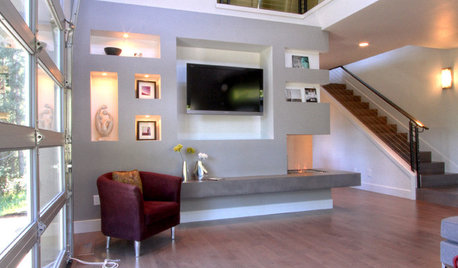
REMODELING GUIDESContractor Tips: Smooth Moves for Hardwood Floors
Dreaming of gorgeous, natural wood floors? Consider these professional pointers before you lay the first plank
Full Story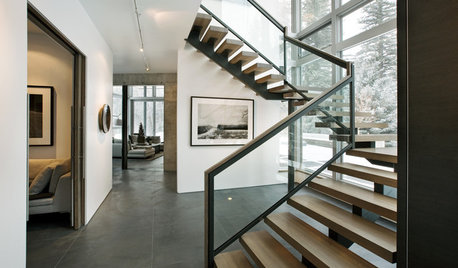
STAIRWAYSHow to Update Your Stairs and Railings
Take your staircase to the next level with these 13 ideas
Full Story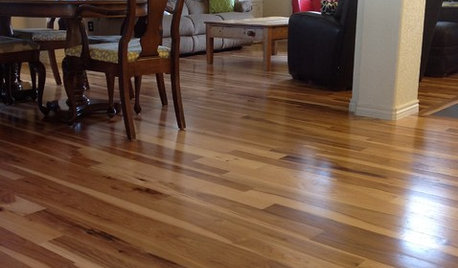
MATERIALSWhat to Ask Before Choosing a Hardwood Floor
We give you the details on cost, installation, wood varieties and more to help you pick the right hardwood flooring
Full Story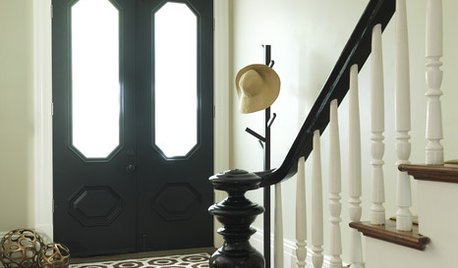
ENTRYWAYSGrand Entry Elements: Newel Posts Past and Present
They once spoke to wealth and class, but newel posts today say more about individual style
Full Story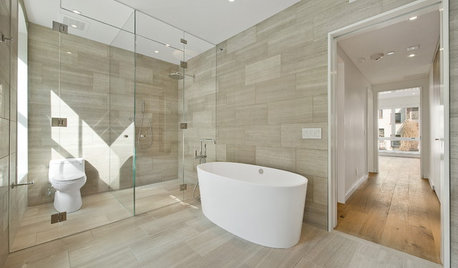
REMODELING GUIDESTransition Time: How to Connect Tile and Hardwood Floors
Plan ahead to prevent unsightly or unsafe transitions between floor surfaces. Here's what you need to know
Full Story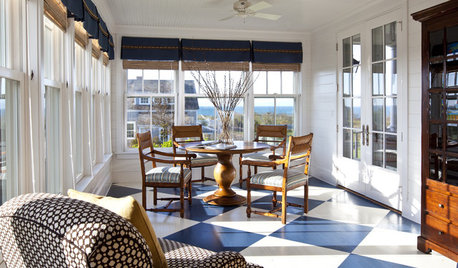
FLOORSHow to Paint Your Hardwood Floors
Know how to apply nail polish? Then you can give your wooden floors a brand-new look
Full Story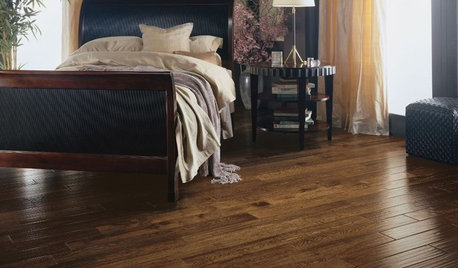
REMODELING GUIDESYour Floor: An Introduction to Solid-Plank Wood Floors
Get the Pros and Cons of Oak, Ash, Pine, Maple and Solid Bamboo
Full Story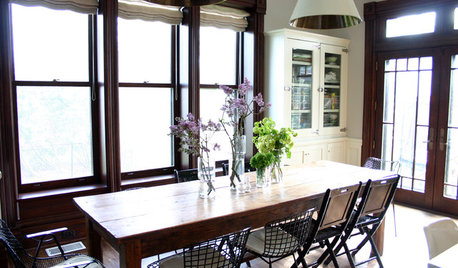
MOST POPULARFirst Things First: How to Prioritize Home Projects
What to do when you’re contemplating home improvements after a move and you don't know where to begin
Full Story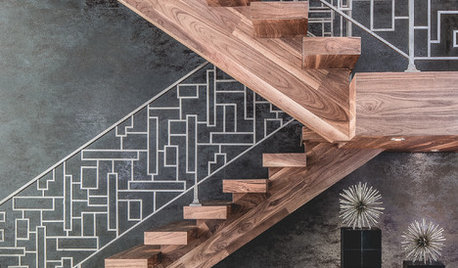
STAIRWAYS7 Ways to Make Your Stairs Stand Out
Try a one-of-a-kind handrail, an antique newel post or a gorgeous runner to add interest to your stairs
Full Story


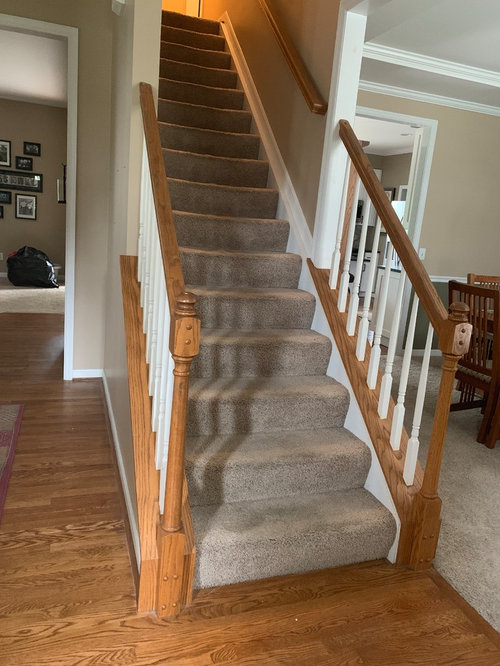
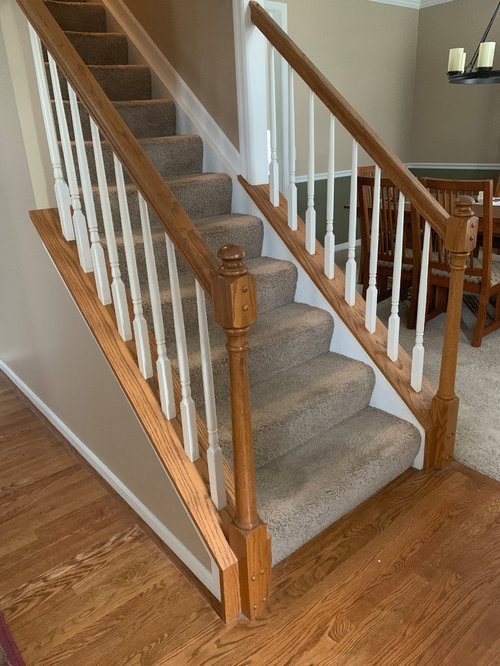
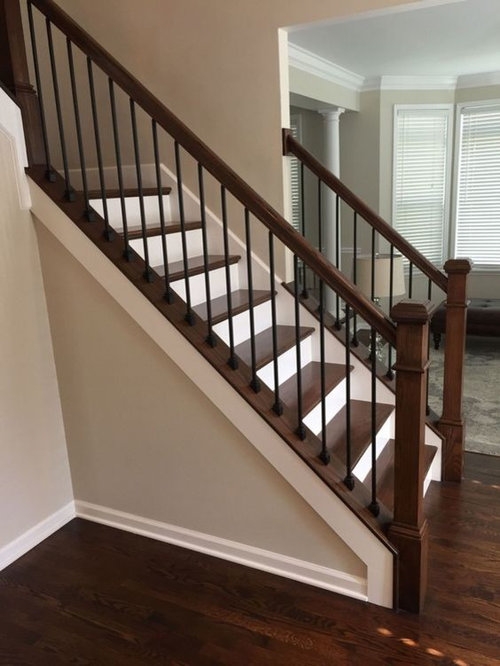


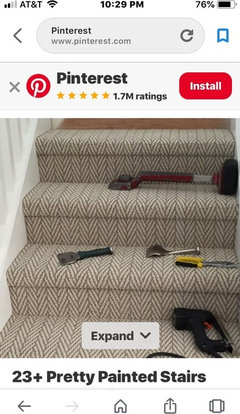
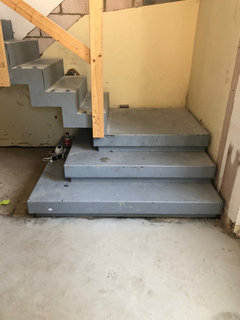


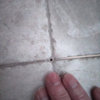
Flo Mangan